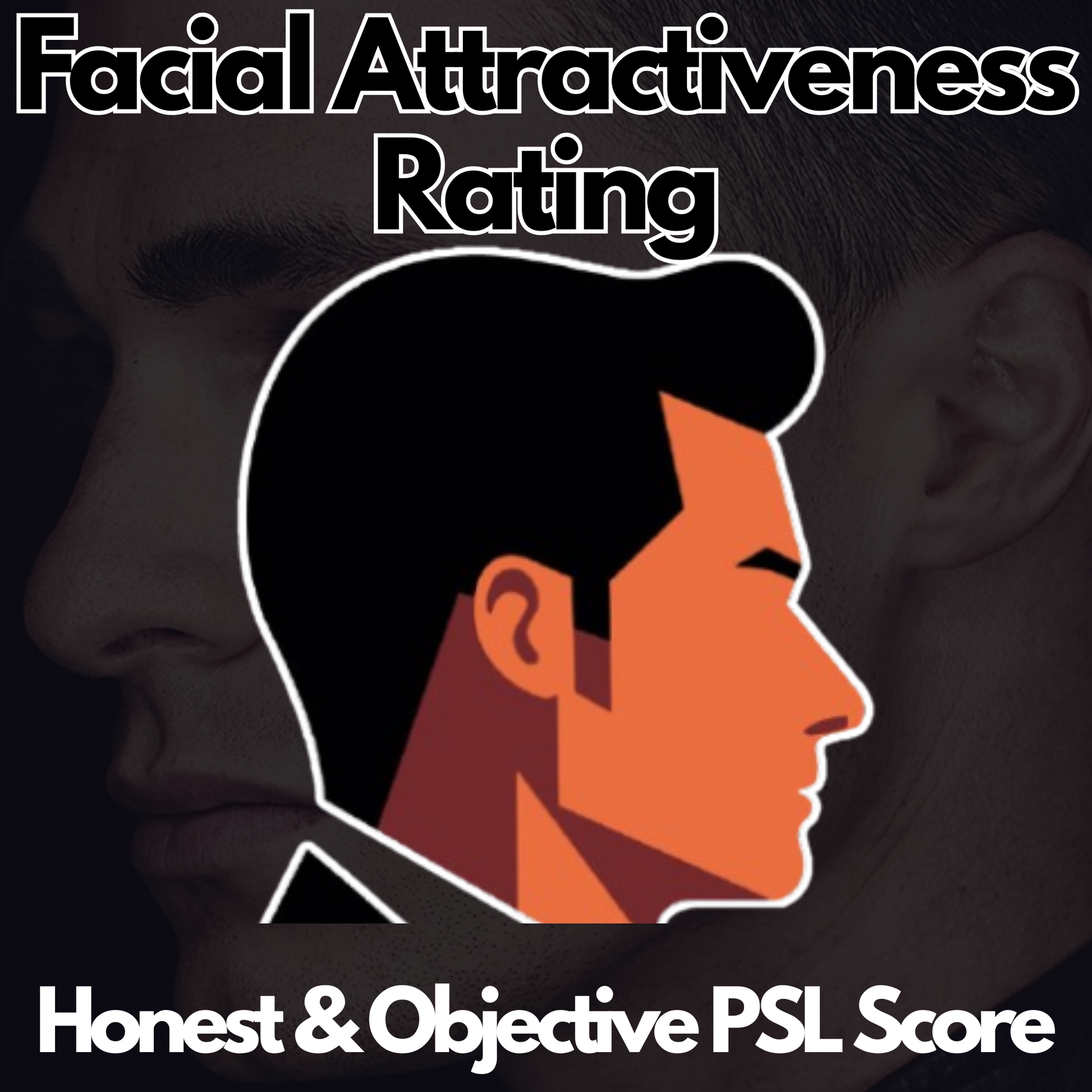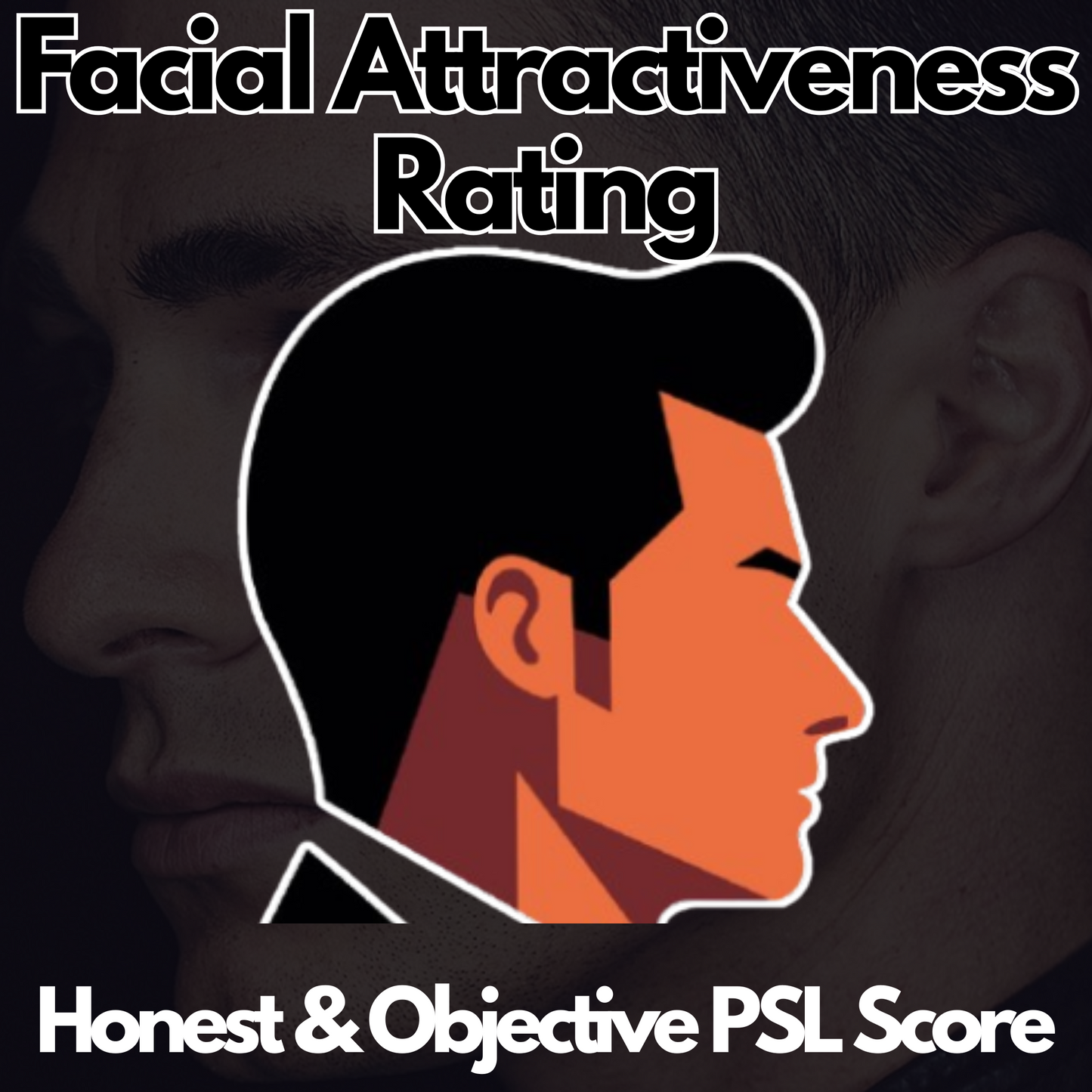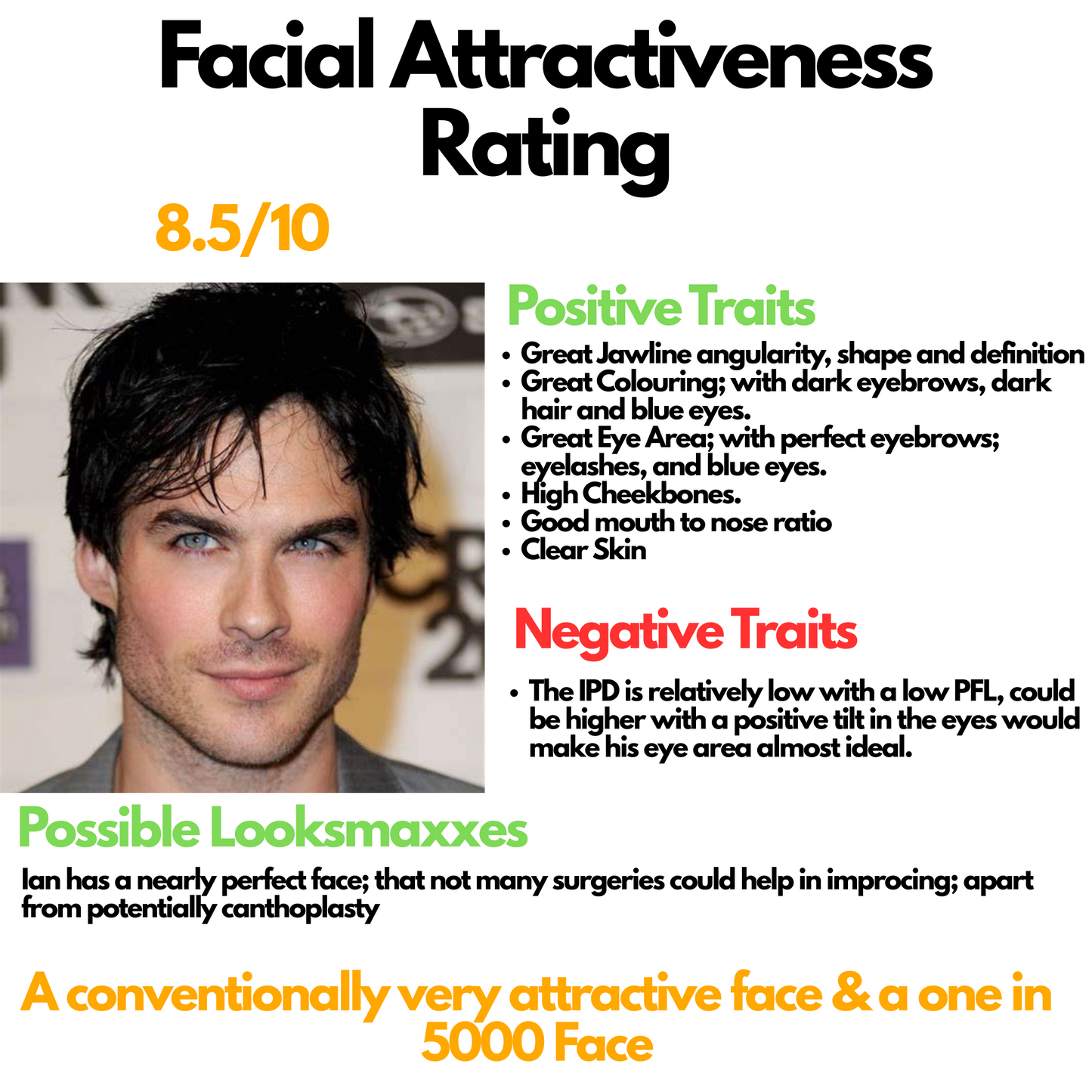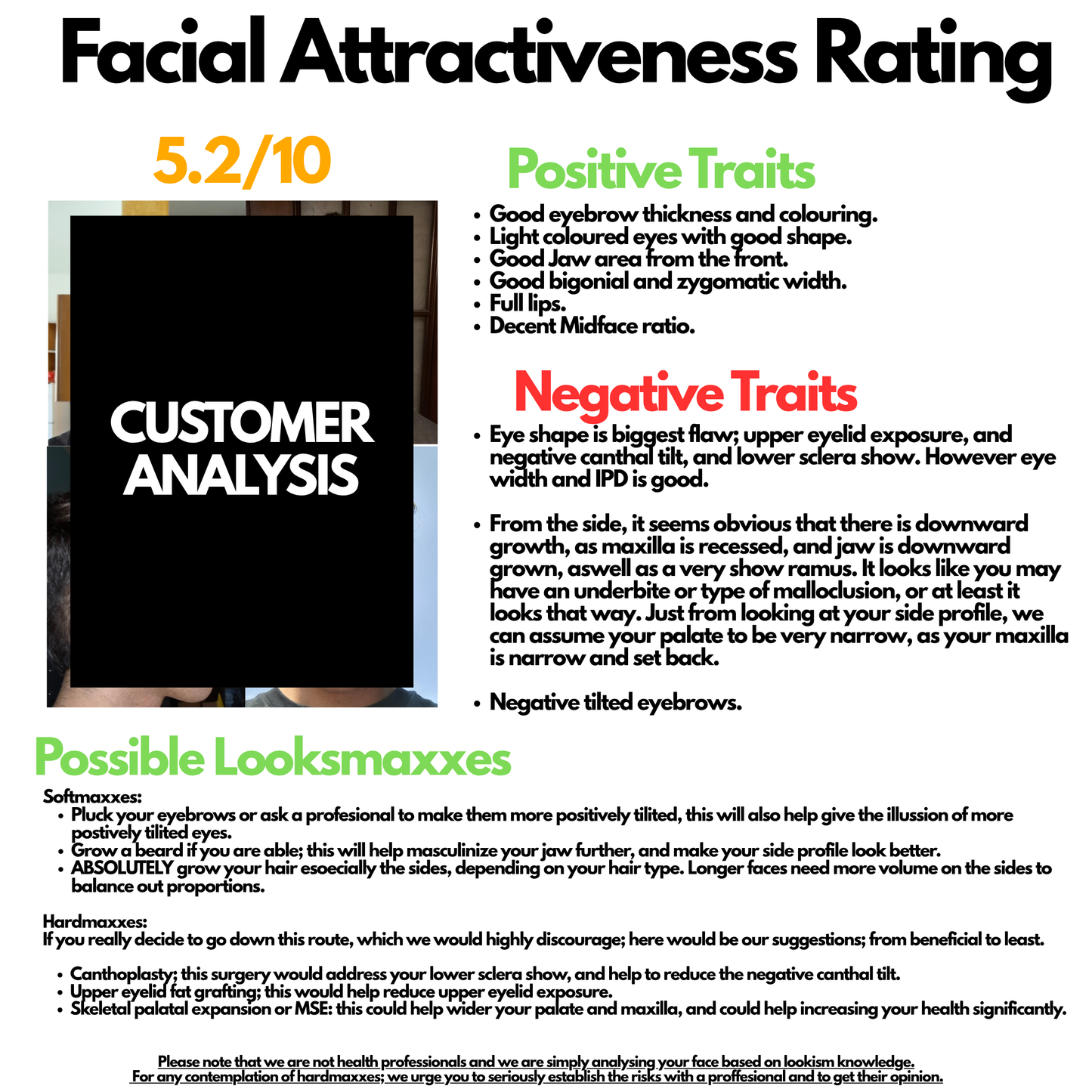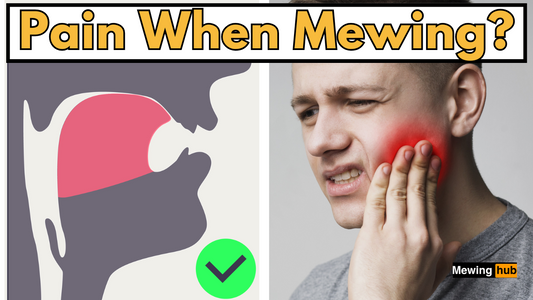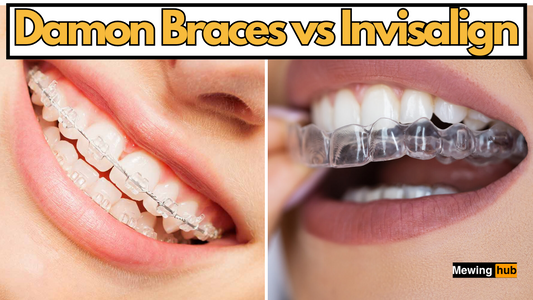Can Mewing Cause Headaches or Migraines? Exploring the Connection

Share
Mewing, a technique involving proper tongue posture, has gained popularity for its potential benefits in facial aesthetics and oral health.
However, some practitioners have reported experiencing headaches or migraines when starting this practice.
In this article, we'll explore the relationship between mewing and headaches, potential causes, and how to address these issues.
The Link Between Mewing and Headaches

While mewing is generally considered safe, some individuals may experience headaches or migraines when beginning the practice. Several factors could contribute to this discomfort:
- Muscle tension: Mewing engages muscles in the face and neck that may not be accustomed to constant activation.
- Improper technique: Applying excessive pressure or incorrect tongue positioning can lead to strain.
- Existing TMJ issues: Mewing may exacerbate temporomandibular joint (TMJ) problems.
Common Symptoms of Mewing-Related Headaches
Practitioners experiencing mewing-induced headaches may notice:
- Tension headaches, particularly around the temples
- Soreness in jaw muscles
- Neck stiffness
- Facial pressure
Preventing Headaches While Mewing
To reduce the risk of headaches when practicing mewing:
- Start with soft mewing: Begin with gentle tongue pressure and gradually increase intensity.
- Focus on proper technique: Ensure correct tongue positioning without excessive force.
- Take breaks: Allow your muscles to rest and adapt to the new posture.
- Stay hydrated: Proper hydration can help reduce muscle tension.
When to Seek Professional Help
If you experience persistent or severe headaches while mewing, consider consulting a healthcare professional, especially if you have:
- Chronic migraines
- TMJ disorders
- Dental alignment issues
Conclusion: Balancing Benefits and Risks
While mewing can potentially cause headaches in some individuals, proper technique and gradual adaptation can help minimize this risk. By understanding the potential causes and implementing preventive strategies, you can work towards achieving the benefits of mewing while minimizing discomfort.
Remember, everyone's experience with mewing is unique. Listen to your body and adjust your practice accordingly to find the right balance for your oral health and overall well-being.


